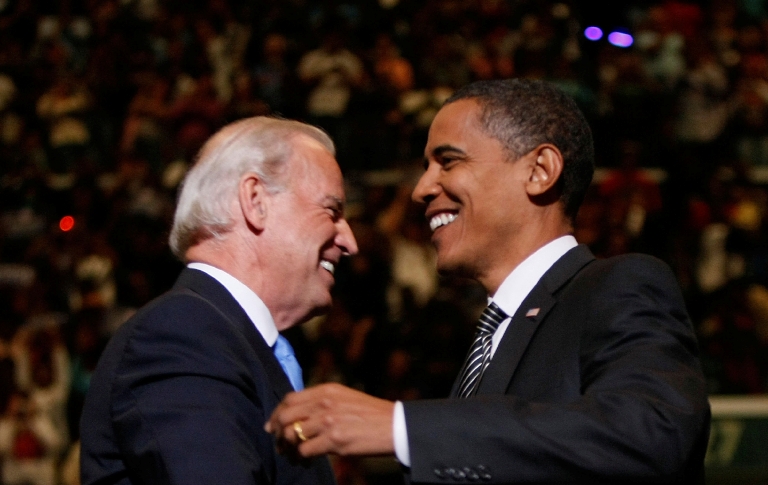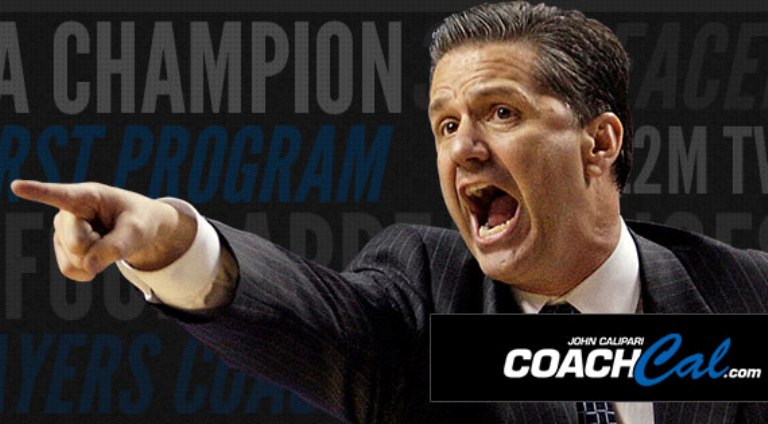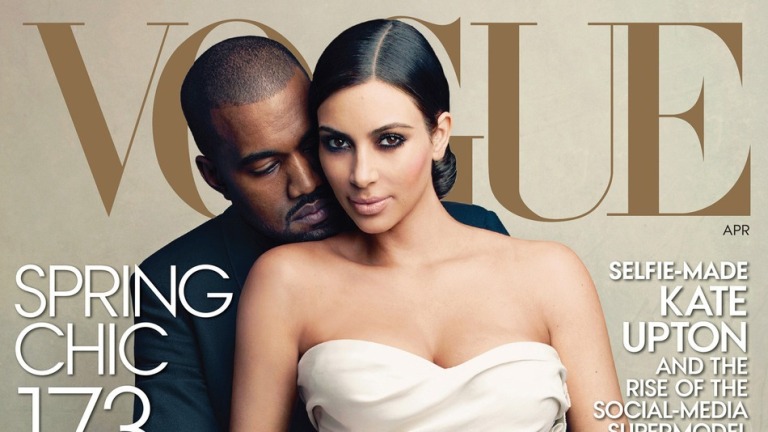
Teenagers are fluent social media users. Many are adept at managing their online reputations and are careful about what they reveal online.
But social media leads some into uncomfortable situations that can harm their future opportunities. As a parent, relative, neighbor, sibling or peer, you can help them avoid that.
These sometimes harrowing predicaments can cause embarrassment, shame and fear, and make teens feel helpless or trapped in a situation that can spiral out of their control – and even endanger them. Carelessness, as well as common adolescent traits like not knowing how to handle a crowd situation or being overly trusting, can contribute to such issues.
Common issues they experience include:
– Joking about harming a teacher or peer in an email or text. Schools increasingly have rules that require immediate suspension as well as contacting the police when such material comes to light.
– Exchanging, taking or being the recipient of nude photographs or videos that go viral, being published on many online sites without their permission. This can lead to a criminal investigation, even if they were not directly involved in taking them, but were only present when they were. It can also result in what is known as “revenge porn.”
– Cyberbullying. The FBI publishes resources online to help educate potential victims about it. There are many other online resources, as well. One comprehensive such site is the Anti-Defamation League’s, which has extensive guides to help teens deflect and otherwise navigate cyberbullying.
If you have teenagers, or children approaching adolescence, visiting such sites and learning about the issues is the first step in communicating to them that you can always be approached if they have a concern and need help. If they fear you will be judgmental, are not available or will become angry, they will avoid letting you know if it does happen to them. If you feel they may be a victim and aren’t discussing the situation, consider whether they would be more comfortable speaking to another family member, a trusted counselor or law enforcement professionals. It is not an exaggeration to say you may save their life or future opportunities by doing so.









